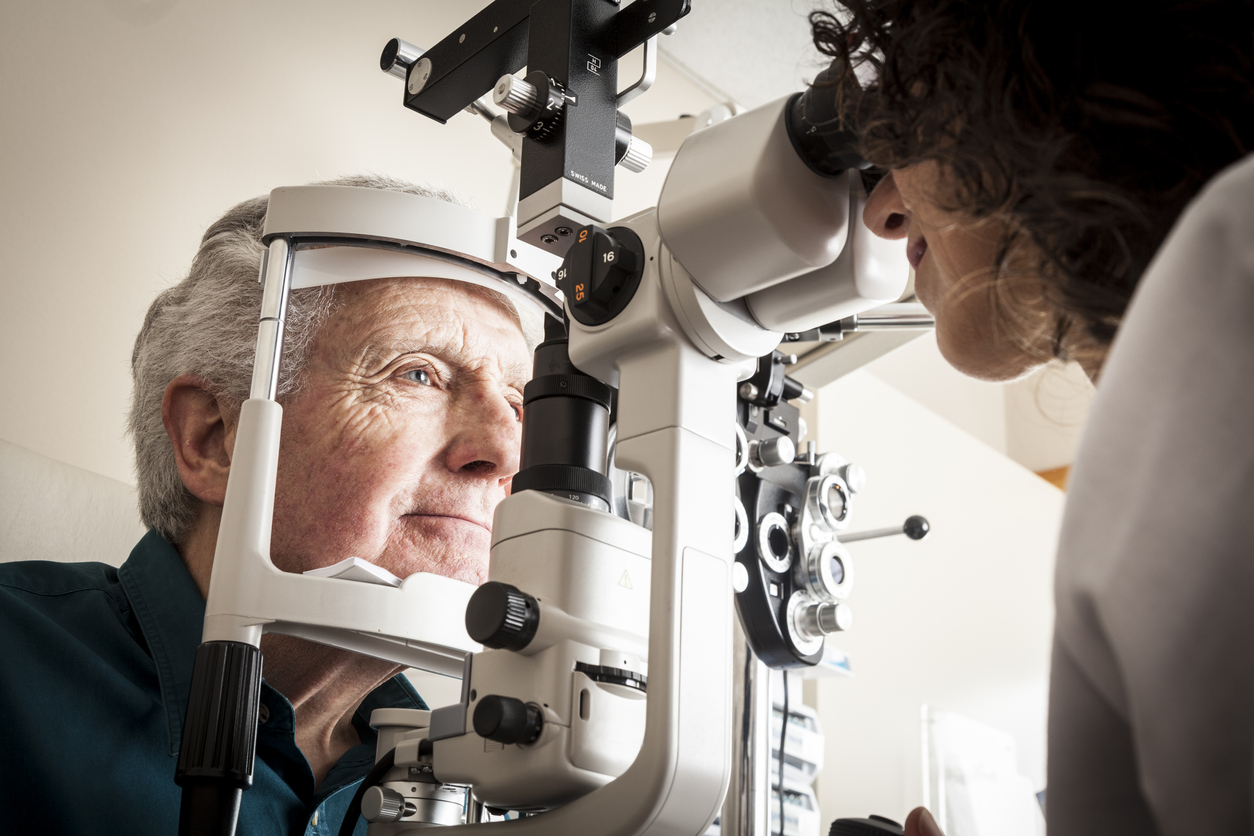An Overview of Retinal Treatments: What You Need to Know

The retina is a thin layer of tissue on the inside back wall of the eye that plays a key role in your vision. It converts light that enters your eye into electrical signals your optic nerve sends to your brain, creating the images you see. The retina is susceptible to several conditions, many of which can have a significant impact on your vision. Treatment options can vary depending on condition type and severity. Common retinal treatments include eye injections, laser treatments, and eye surgery.
Eye (Intravitreal) Injections
Intravitreal injections are commonly used to treat retinal diseases such as diabetic retinopathy, macular degeneration, macular edema, and retinal vein occlusion. The injections consist of anti-vascular endothelial growth factor (anti-VEGF) drugs, which slow the abnormal growth of blood vessels associated with degenerative eye conditions.
Anti-VEGF drugs are injected directly into the vitreous (the clear gel that fills the space between the lens and the retina) to help patients maintain their vision and keep vision loss at a minimum. This treatment is especially effective because the delivery of the drug into the vitreous allows for rapid absorption into the retina.
Intravitreal injections are performed in your retina specialist’s office under local anesthesia, and the eye is numbed to minimize discomfort. Side effects include some pain or scratchy sensations, bleeding, eye floaters, increased eye pressure, and inflammation. These side effects typically resolve on their own or can be treated with eye drops.
Laser Treatments
Laser treatments are used to treat many retinal conditions, including diabetic retinopathy, retina vein occlusions, and retinal tears and holes. The laser gives the retina specialist the ability to precisely place burns where needed. For example, patients with diabetic retinopathy may have unwanted or leaky abnormal blood vessels. The laser is used to burn or cauterize them, helping prevent vision loss.
In most cases, laser treatment is performed at your retina specialist’s office. The laser is built in or attached to a slit lamp microscope. Your eye will be anesthetized with drops and a protective contact gel will be placed on a mirrored lens which is then placed on your eye to direct the laser light onto the areas of the retina needing treatment.
Vitreoretinal Surgeries
Some retinal conditions require surgical treatment to repair damage and prevent vision loss. These procedures are exceptionally delicate and precise and require the skill of a board-certified retina specialist and surgeon.
Vitrectomy
During a vitrectomy, the surgeon uses small tools to cut the vitreous and suction it out. Then your retina specialist does any other needed repairs, such as fixing a hole in your retina. They may place sterile saline, a gas bubble, or silicone oil into your eye to help the retina stay in its correct position. You might need a vitrectomy if you have diabetic retinopathy, retinal detachment, an infection within the eye, or a severe eye injury.
Scleral Buckle
A scleral buckle is performed by placing inward-facing indents into the sclera (the white outer coating of the eye) and buckling it against the retina using silicone rubber or a piece of preserved sclera to keep the retina pushed into its correct position. Scleral buckles can repair a detached retina and restore vision.
Learn More About Retinal Conditions and Treatments
At California Retina Consultants, our expert team of retina specialists can diagnose your retinal conditions and create a personalized treatment plan to give you the best vision outcomes. Contact us for more information or to schedule an appointment today.
